The Royal Air Force is set to deepen its integration with civilian aviation providers, using chartered aircraft to expand its capacity for airlift, troop transport, and even air-to-air refuelling.
The recommendation — part of the latest Strategic Defence Review — reflects growing concerns that existing fleets alone may not meet operational demands in a crisis or prolonged campaign.
The government has confirmed it will implement the full slate of SDR recommendations, including expanding the RAF’s logistics capabilities by augmenting military aircraft with chartered civilian platforms in non-contested environments.
“Augmenting the RAF’s fleet of Voyager, C-17, and A400M aircraft with civilian charter options for transporting people and cargo, and for air-to-air refuelling in non-contested environments, would offer greater flexibility, efficiency, and value for money,” the review explains.
This model is already common among NATO allies, especially the United States, which regularly uses chartered and contracted civilian aircraft to move troops and equipment under its Civil Reserve Air Fleet (CRAF) programme. The UK does not yet operate a formal equivalent but is now poised to adopt a similar approach.
By utilising civilian capacity for non-frontline logistics the RAF could free up its limited high-end assets for combat or high-risk operations. In turn, this would enhance the UK’s resilience and ability to surge during crisis without relying solely on its Voyager or Atlas fleets.
The review also notes that the adoption of civilian refuelling platforms could fill a notable gap in current UK capability, especially as demands on the RAF’s Voyager fleet increase. Charter refuelling options could support training, long-range deployments, or routine tasks, enabling the RAF to preserve military refuelling capacity for operational missions.



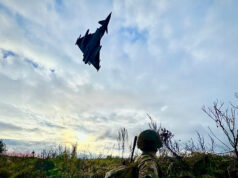
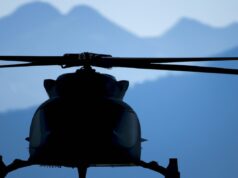
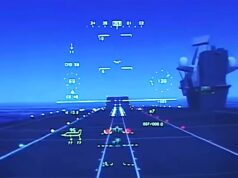
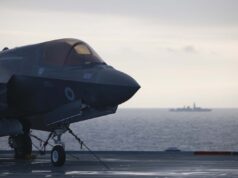
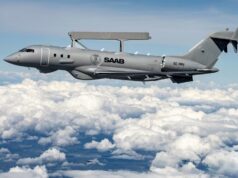
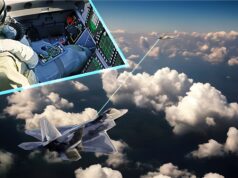
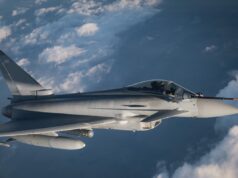
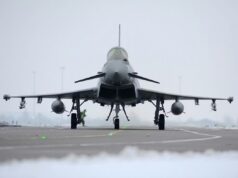
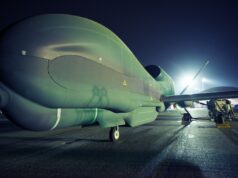


Boeing are using their own funding to develop the USN MQ-25 Stingray uncrewed tanker into a larger winged, land based aircraft. A small number of this type would allow civillian tankers to provide the bulk while the uncrewed system does the dangerous last part of the supply chain.
This would have been a great opportunity for doing something useful with all those C130s that were retired – I bet a civilian operation could have made good economic use of those aircraft in non-contested environments to provide logistics for charities, sending out aid to distant lands in distress, some MOD work humping cargo or people to training areas or to bases overseas, or doing commercial freight between times. It may also have been a way of providing jobs to ex-full-timers from the RAF, pilots and support staff, in a kind of “Royal Airforce Auxilliary” service.
Unfortunately TPTB have a history of sitting on expensive assets. I’m guessing most people were shocked and surprised when the RAF retired every Hercules while everyone else is still flying them — I’m also guessing they are far past their lifespan due to how few we had Vs how hard they get worked.
This is just a rehash of what’s already been reported. Slow news day?
Voyager contract doesn’t allow other civilian air to air contracts. It’s an exclusive deal.
There goes a top up A400 order then….
We can do A400, but only for helicopters because that’s outside the existing contract.
I was specifically thinking the long delayed top up A400 order.
There is no intention of a shopping list of kit, the chiefs were told that.
Yes but that was before the new NATO Targets were set ! If the NATO Government leaders do actually agree to implementing that it should be “shopping list” time.
I would love to be a Fly on the wall at that meeting in The Hague when Trump lets rip, it’s going to be a very interesting summit.
He can’t afford to increase his own military budget. He will have a hard time persuading anyone in Europe to spend more as he looking at cuts at home.
True, but that contract is up in 2035. I was hoping for a direct purchase replacement for the A330 fleet, that looks very unlikely now.
The arrangement where commercial aircraft are used for mass troop deployments, goes back to the 1980’s, probably further back than that. In 1984, it was the first time I flew 1st class with British Airways.
It’s an airborne STUFT in reality. Certainly BA assets should be mobilised when required.
The fact is before the fall of the Berlin Wall, this is exactly what we used to do.
Makes a lot of sense as the UK does have a relatively large air fleet in civilian sector.
The problem the RAF would have with leasing or taking up from trade in war will be crewing the aircraft, defensive aids, military Comms and then for refuelling retrofitting a viable refuelling rig into a civilian air freight aircraft.
It’s all potentially doable but would likely come under UOR and a rushed programme.
Would prefer additional RAF A400-Ms and then retrofit the temporary tanker system, this is used by Germany and France.
The problem will be the contracts. The providers will still make a hefty profit based on their long term risk and all the quality assurances that will be needed to move ammunition. Nice 15 year tie ins.
First class development.
Sitting next to a 100,000 litre gas tank might prove interesting on the way to Ibiza.
I don’t honestly see how air to air refuelling could be carried by a private company? It’s a military requirement, not civil, just upgrade A400M and buy additional airframes whilst ensuring all the A330s are in RAF active service not taking passengers to Spain!
The USAF already use civillian contractors with KC-135s and KC-10s to supplement their own AAR aircraft (Omega operates a fleet), and the recommendation is for non-contested use (i.e ferrying aircraft or supporting P-8/E-7). Airliners can be modified to carry AAR refeulling pods, like those Air Tanker has on standby.
Sounds good, but KC10s and KC135s are military aircraft with surplus airframes available. We have no surplus airframes for the AAR role.
Paul. So much in Defence is done by private companies. I am amazed that you think this is a recent phenomenon.
I am aware of that including Air Tanker…..what we’re talking about is availability of airframes for AAR use. Ait Tanker had 14 A330s as part of a private contract but 4 of those were originally rented out to commercial airline for use as passenger jets with wing pods removed. but would be available to the RAF during military hostilities. I don’t know how many are currently with the RAF, but there are just the 14 unless we enter into another contract to provide more?
The UK already charters aircraft for troop movements, Brize to a certain Arab airfield for example.
I am an see civil aircraft being used for transport or even cargo but there are zero civilian aircraft within the UK’s airlines that can be kitted out to be used for air to air refueling.
And no airline is going to invest in the a major modification to there aircraft to do so!
This was all normal in the 1960 when I flew to and from Germany on British United. The Voyagers spend hours going round in circles over the North Sea etc when they could be elsewhere so a civvie outfit makes sense. Bringing back the very old Hercs misses the point. Jet airliners are needed for milk runs. For AAR maybe not so much over the UK?